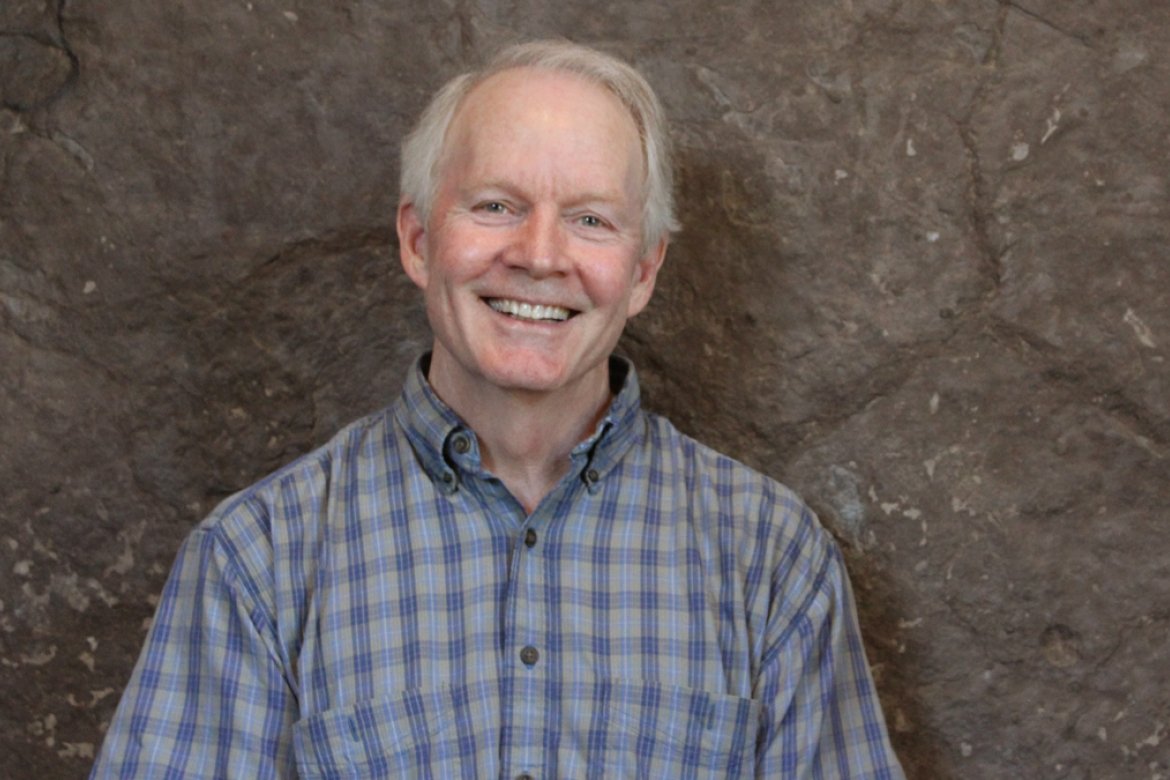The future of earthquakes on both coasts

Steven R. Dunn, professor of geology at Mount Holyoke College, talks to WGBY-TV about the meaning of the recent spate of California earthquakes.
This summer, California has been rocked by a series of earthquakes, including a 7.1 magnitude quake in July that was the state’s strongest earthquake in 20 years.
Steven R. Dunn, professor of geology at Mount Holyoke College, was on WGBY-TV’s Connecting Point to talk about the California earthquake and earthquakes on the East Coast.
“Anything in the range of 7 [magnitude] or higher is a noteworthy earthquake,” Dunn said.
But on the East Coast, because the continental crust isn’t as broken by faulting as California is, when a 5-magnitude earthquake occurs, “the energy is transmitted much farther and is felt with a harder … jolt,” as was demonstrated by the 2011 earthquake in Virginia.
“It was felt all along the Eastern Seaboard,” Dunn pointed out.